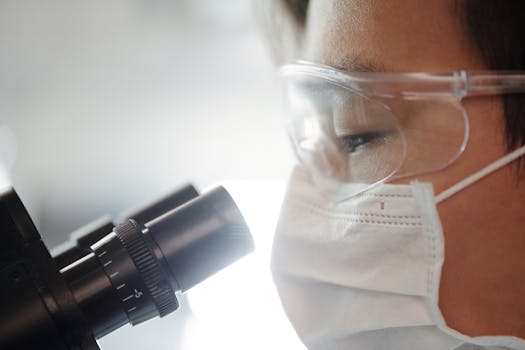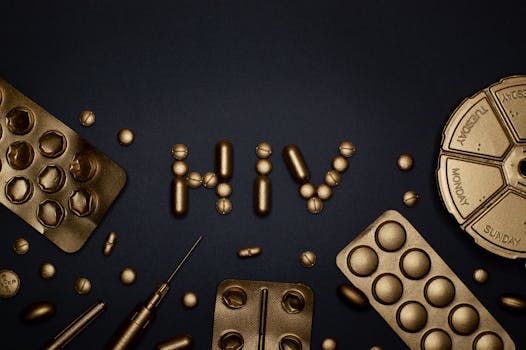
The Science Behind Vaccines and Public Health: Vaccines and Immunity
The science behind vaccines is a cornerstone of public health, working to prevent the spread of infectious diseases and protect individuals and communities. Vaccines have been instrumental in nearly eradicating diseases such as smallpox and polio, and have significantly reduced the incidence of many other diseases. But how do vaccines work, and what is the science behind their development and use?
How Vaccines Work

Vaccines work by introducing a small, harmless piece of a pathogen, such as a virus or bacteria, to the body. This triggers the immune system to produce antibodies and immune cells that can recognize and attack the pathogen. This provides immunity against future infections, and can also prevent the spread of disease to others. There are several types of vaccines, including inactivated vaccines, live attenuated vaccines, and conjugate vaccines, each with its own mechanism of action.
The Development of Vaccines

The development of vaccines involves several stages, including basic research, preclinical testing, clinical trials, and regulatory approval. Basic research involves identifying the pathogen and understanding its mechanisms of infection and immune response. Preclinical testing involves testing the vaccine in laboratory and animal models to assess its safety and efficacy. Clinical trials involve testing the vaccine in human subjects, and regulatory approval involves reviewing the data from the clinical trials to determine whether the vaccine is safe and effective for use in the general population.
Public Health and Vaccine Distribution

Once a vaccine has been developed and approved, it must be distributed to those who need it. This involves a complex network of public health agencies, healthcare providers, and vaccine manufacturers. Public health agencies, such as the Centers for Disease Control and Prevention (CDC) and the World Health Organization (WHO), play a critical role in monitoring disease outbreaks, developing vaccine recommendations, and coordinating vaccine distribution. Healthcare providers, such as doctors and nurses, administer the vaccines to patients, and vaccine manufacturers produce and supply the vaccines.
Conclusion

In conclusion, the science behind vaccines and public health is complex and multifaceted. Vaccines have been instrumental in preventing the spread of infectious diseases and protecting individuals and communities. The development of vaccines involves several stages, including basic research, preclinical testing, clinical trials, and regulatory approval. Public health agencies, healthcare providers, and vaccine manufacturers all play critical roles in ensuring that vaccines are developed, approved, and distributed to those who need them. As we continue to face new and emerging public health threats, the science behind vaccines will remain a vital component of our efforts to prevent and control infectious diseases.





